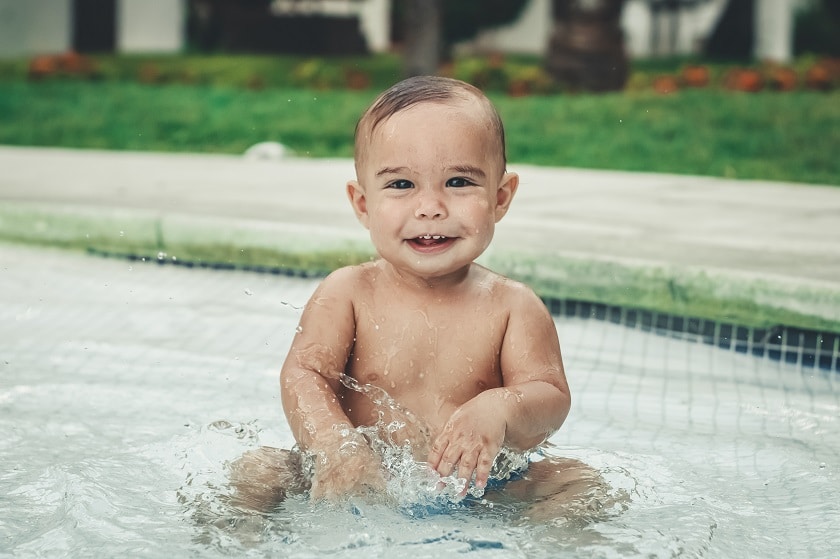Swimming pools are wonderful. Swimming pools can lead to accidents — or worse. As a swimming pool owner in Knoxville, Tennessee there are 7 pool safety tips to consider. Talk with your swimming pool contractor from Tipton Pools to uncover even more ways to make your pool as safe as it can possibly be.
Layers of safety are better than relying on a single safety measure. With layers of safety, if one level is breached, there are still other safety measures in place. With the myriad of pool alarms available it can be difficult to know which one is best for you and your needs.
The U.S. Consumer Product Safety Commission tested three different pool alarms: subsurface disturbance sensors, surface wave sensors and a wristband sensor.
- Surface wave sensors float on the surface of the water
- Subsurface sensors attach to the side of the pool with a portion of the sensor submerged below the water’s surface
- Wristband sensors are worn by the child and the alarm goes off if the wristband gets wet
7 pool safety tips to consider
The CPSC study tested different alarms in six different types of backyard pool shapes and depths. The goal was to determine whether surface and subsurface wave sensors would alarm when a test object entered the pool. It tested whether the wristband would alarm without fail when exposed to the pool water. It also tested for false alarms like rain, wind, a pool toy or debris dropping into the pool.
The results indicated surface sensors didn’t operate with as much reliability as the subsurface sensors. The subsurface sensors were more consistent and less likely to trigger a false alarm. The wristband sensors reliably sounded an alarm each time it was submerged to pool water and other water sources – a hose or faucet.
Infrared sensors were not tested by the CPSC. Infrared alarms are motion activated and sound an alarm when an object breaks the beam of light covering the pool.
When looking at alarms for your family pool, look at the following and talk with your pool contractor about this, too.
- Ease of installation
- Tamper resistant/tamper proof
- Remote receiver with range of up to 200 feet or more
- Low battery indicator
- Choose one that is recommended for the size, shape and depth of your pool
- Ability to detect an object a light as 10 pounds
- An alarm loud and distinct enough to not be mistaken for background noises and one that sounds within 20 seconds
Determine the budget you want for the pool alarm systems and determine what and how many layers of safety you want to have in place then give your pool contractor a call.

